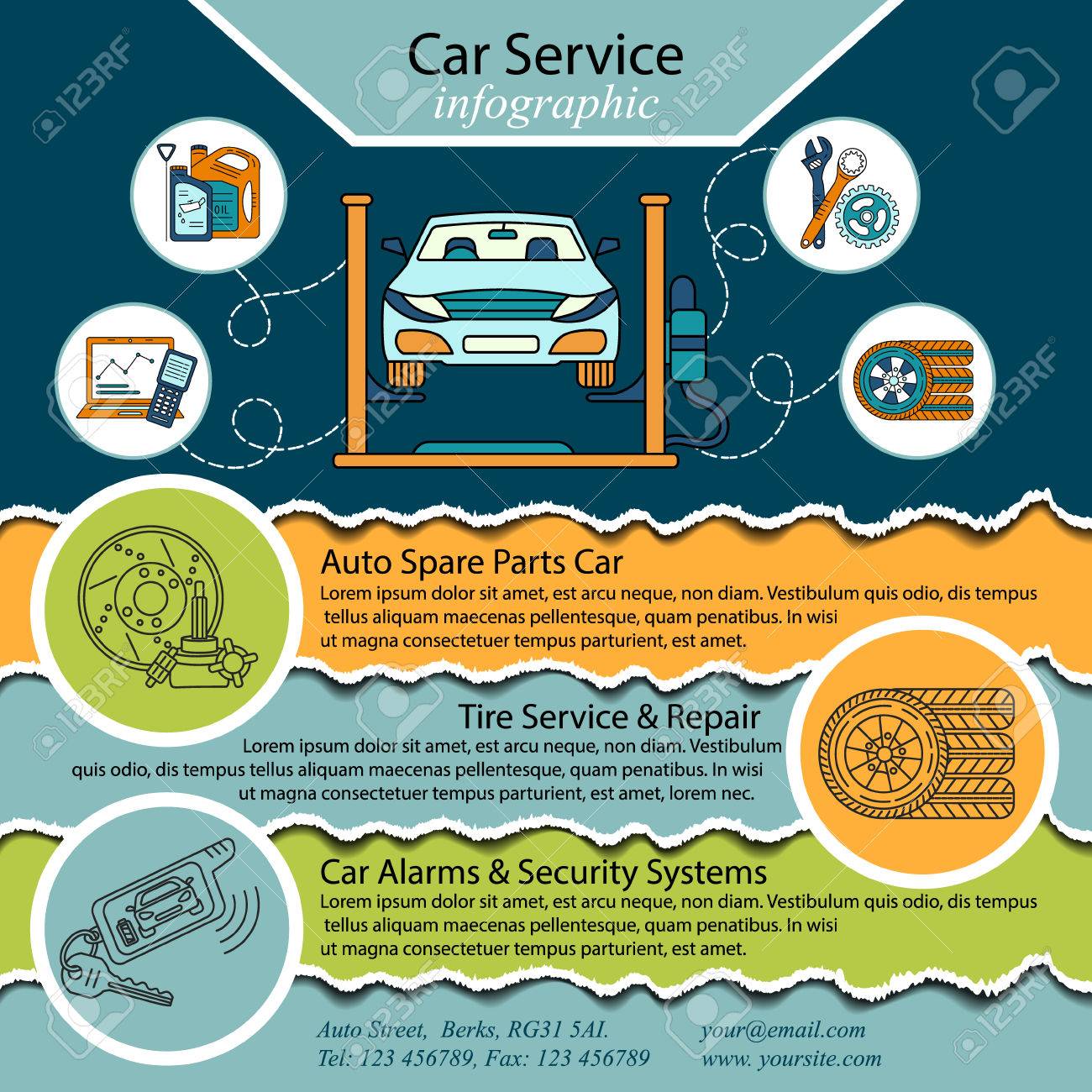Interpreting Your Car'S Alert Lighting: Their True Implications
Interpreting Your Car'S Alert Lighting: Their True Implications
Blog Article
Composed By-Hartley Torres
When you're behind the wheel, those radiant caution lights on your control panel can be a little bit puzzling. Do you recognize what they're trying to tell you concerning your car's wellness? Recognizing the importance of these lights is essential for your security and the long life of your automobile. So, the following time among those lights turns up, wouldn't you want to understand its message precisely and take the necessary steps to address it?
Common Warning Lighting and Interpretations
Recognize common warning lights in your car and comprehend their definitions to ensure secure driving.
The most normal caution lights consist of the check engine light, which indicates concerns with the engine or exhausts system. If this light comes on, it's essential to have your lorry checked quickly.
The oil pressure advising light suggests reduced oil stress, requiring prompt focus to stop engine damage.
A flashing battery light might suggest a malfunctioning billing system, potentially leaving you stranded if not attended to.
The tire stress tracking system (TPMS) light signals you to reduced tire stress, affecting automobile stability and gas performance. Ignoring this might bring about risky driving problems.
The abdominal light indicates a trouble with the anti-lock braking system, compromising your ability to stop quickly in emergency situations.
Finally, the coolant temperature level cautioning light warns of engine overheating, which can result in serious damage if not resolved swiftly.
Recognizing these common warning lights will certainly help you attend to problems quickly and maintain secure driving conditions.
Importance of Prompt Attention
Comprehending the usual warning lights in your car is only the first step; the relevance of quickly dealing with these cautions can not be stressed enough to guarantee your safety when traveling.
When a caution light illuminates on your dashboard, it's your auto's means of connecting a possible issue that needs attention. Neglecting these warnings can bring about more extreme problems in the future, endangering your security and possibly costing you extra out of commission.
Trigger focus to cautioning lights can avoid breakdowns and accidents. For example, a flashing check engine light might suggest a misfire that, if left neglected, can trigger damages to the catalytic converter. Addressing this without delay can conserve you from a pricey repair service.
Likewise, a brake system alerting light may signify reduced brake fluid or used brake pads, crucial parts for your safety when driving.
DIY Troubleshooting Tips
If you observe a caution light on your control panel, there are a couple of do it yourself repairing suggestions you can attempt before looking for specialist assistance.
The first step is to consult your car's manual to recognize what the particular caution light indicates. Often the concern can be as simple as a loose gas cap activating the check engine light. Tightening the gas cap might resolve the issue.
https://www.aftermarketnews.com/fleetpride-acquires-portville-truck-auto-repair/ is a reduced battery, which can set off different cautioning lights. Inspecting the battery connections for corrosion and guaranteeing they're protected might take care of the trouble.
If a warning light continues, you can try resetting it by separating the auto's battery for a couple of minutes and afterwards reconnecting it. Additionally, inspecting your lorry's fluid degrees, such as oil, coolant, and brake fluid, can aid repair advising lights associated with these systems.
https://damienysmga.getblogs.net/64681426/eco-friendly-automobile-detailing-products-you-ought-to-try
In conclusion, understanding your vehicle's caution lights is crucial for maintaining your vehicle running efficiently and safely. By quickly attending to these notifies and understanding what they indicate, you can stay clear of costly repair work and prospective break downs.
Bear in mind to consult your car's handbook for particular information on each advising light and take action appropriately to ensure a trouble-free driving experience.
Remain informed, stay safe on the road!
